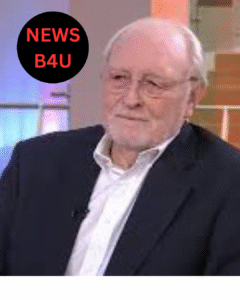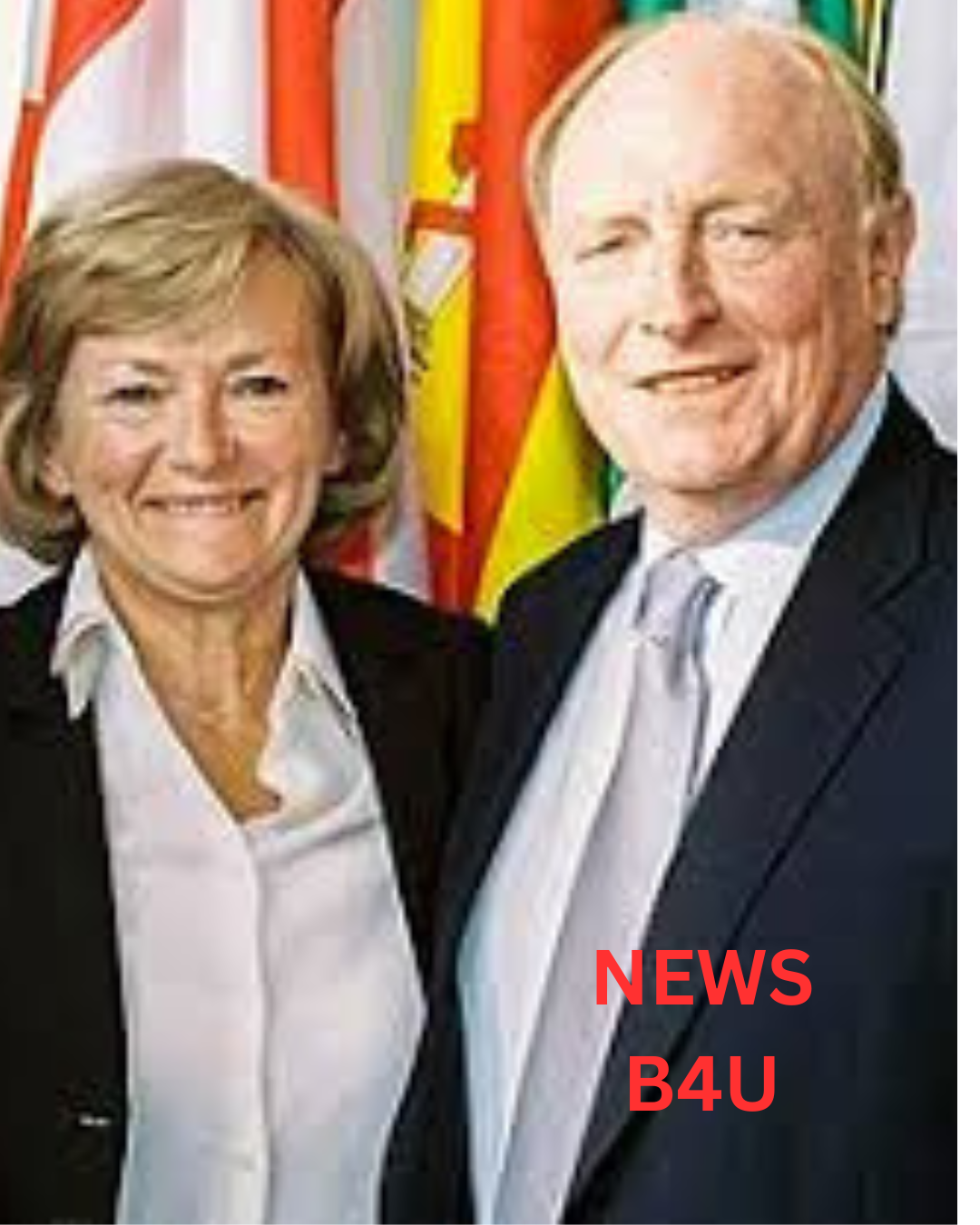Born on March 28, 1942, in Tredegar, Monmouthshire, Wales, Neil Kinnock rose from humble beginnings. The son of a coal miner, he grew up with a strong sense of social justice. His passion for public service became clear early in life.
Educated at University College, Cardiff, Kinnock pursued a degree in industrial relations and history. After graduation, he worked as a tutor and organizer for the Workers’ Educational Association. It was here that he began shaping the values that would guide his political career.
Entering Parliament and Rising Fast
Kinnock entered Parliament in 1970 as the Labour MP for Bedwellty. He quickly gained attention for his fiery speeches and charismatic presence. Within a few years, he became a close ally of Labour leader Michael Foot, serving as his parliamentary private secretary in 1974–75.
In 1978, Kinnock joined the Labour Party’s National Executive Committee, a move that solidified his growing influence. He also authored two books during this time: Wales and the Common Market (1971) and As Nye Said (1980), a tribute to Welsh politician Aneurin Bevan.
 Taking the Helm of a Struggling Party
Taking the Helm of a Struggling Party
The 1983 general election was disastrous for Labour. The party suffered its worst defeat since 1935. With Michael Foot stepping down, Kinnock—despite his limited ministerial experience—was elected party leader at just 41 years old.
As leader, Kinnock inherited a deeply divided and ideologically extreme party. Many policies, including unilateral nuclear disarmament and widespread nationalization, were turning voters away. Though initially supporting these stances, Kinnock gradually pushed the party towards moderation.
Rebuilding Labour Brick by Brick
Kinnock faced an uphill battle. In the 1987 general election, Labour lost again to Margaret Thatcher’s Conservatives. However, the party gained seats, signaling slow progress.
By 1989, Kinnock had convinced Labour to ditch unpopular policies. The shift wasn’t easy. He clashed with hard-left factions and endured media scrutiny. But he pressed on, determined to modernize Labour.
His leadership style matured over time. He began focusing on practical reforms and connecting with working-class voters. By the 1992 general election, Labour ran a far more professional campaign. Yet, despite expectations, the Conservatives—led by John Major—won again.
Moving On from Politics
After the 1992 defeat, Kinnock resigned as Labour leader. His work, however, laid the foundation for the party’s future success. Many credit him for setting the stage for Tony Blair’s New Labour movement.
In 1995, Kinnock left Parliament and joined the European Commission. He served with distinction and was later appointed Vice President from 1999 to 2004. In 2005, he became a life peer in the House of Lords, continuing his public service in a different role.
Legacy of a Political Trailblazer
Neil Kinnock’s career is a testament to perseverance. He may not have led Labour to victory, but his reforms changed the party forever. He transformed Labour from a struggling, ideologically rigid organization into a modern, electable force.
Today, Kinnock is remembered not just as a former leader but as a man who reshaped British politics with grit and vision.


